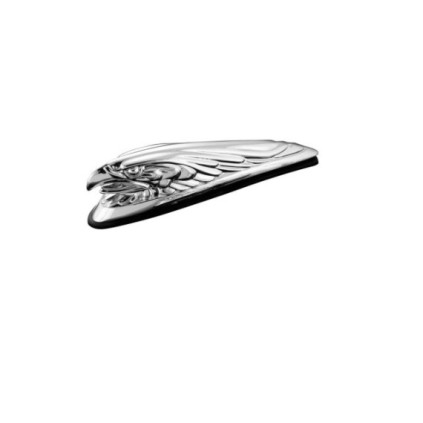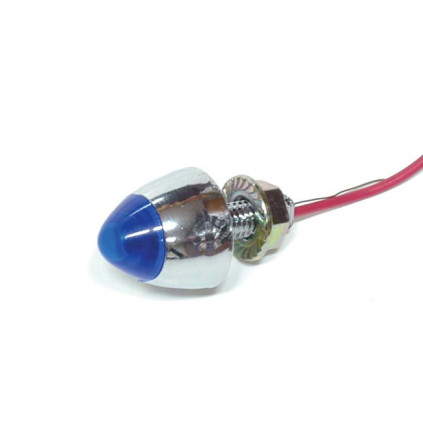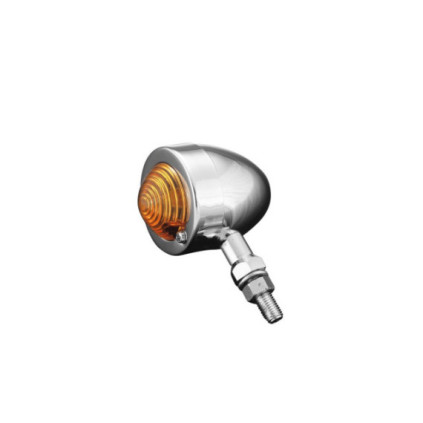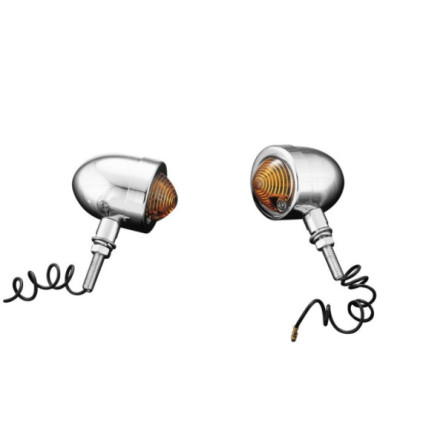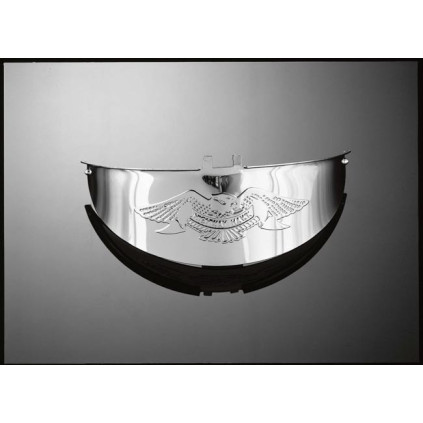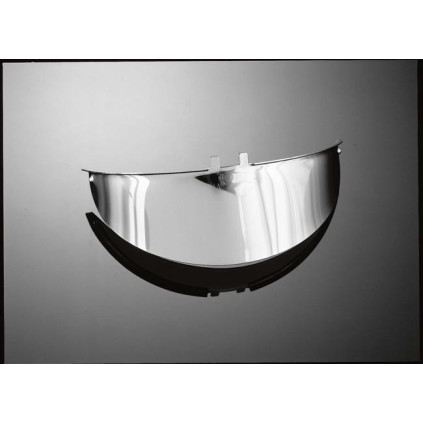If you are looking for uniform and intense turn signals, acquire Puig Relays._x000D_
_x000D_
_x000D_
Technical information intermittent connection:_x000D_
_x000D_
Most motorcycles use bimetallic relays. Its frequency (which is the one that marks the rhythm of the intermittence) depends on the amperage that circulates through the circuit. When replacing the original turn signals with others of different power, we vary the amperage that circulates through the circuit and consequently we vary the blinking frequency of the turn signals. If, on the other hand, the motorcycle uses electronic relays (whose frequency is independent of the amperage circulating in the circuit), the change of turn signals should not affect the frequency of flashing._x000D_
_x000D_
Note: in case of doubt about which relay uses your motorcycle, it is advisable to mount the turn signals and check the blinking frequency._x000D_
_x000D_
If we replace the original turn signals with others that also use incandescent bulbs, we should check that they have the same power. In case that it varies, we should replace the intermittent bulbs with others of the same power as the original ones. In our catalog we have boxes of light bulbs of different powers._x000D_
_x000D_
If we replace the original turn signals with others of LED (of a power much lower than incandescent bulbs), we have two options to balance the blinking frequency:_x000D_
_x000D_
1. Incorporate a resistance in parallel in the circuit of the right side and another in the circuit of the left side. If we replace the four flashing lights, we must use resistance ref.4298O. If, on the other hand, we only replace two intermittent ones (one on each side) we must use the resistance ref.5873O_x000D_
_x000D_
With the resistors, a diagram is provided for its parallel connection._x000D_
_x000D_
Note: in most models the use of resistances prevents the correct functioning of the Warning._x000D_
_x000D_
2. Identify the flasher relay of your motorcycle (location and number of pins) and replace it with the corresponding one from the list we offer._x000D_
_x000D_
On most motorcycles when changing the relay the Warning works correctly_x000D_
_x000D_
Note: there are some motorcycles on the market that do not have a specific flasher relay, so it is impossible to replace it. Likewise, if in the intermittence procedure, more than one relay intervenes, it is possible that the replacement of a single relay does not solve the problem._x000D_
Les merShow less
_x000D_
_x000D_
Technical information intermittent connection:_x000D_
_x000D_
Most motorcycles use bimetallic relays. Its frequency (which is the one that marks the rhythm of the intermittence) depends on the amperage that circulates through the circuit. When replacing the original turn signals with others of different power, we vary the amperage that circulates through the circuit and consequently we vary the blinking frequency of the turn signals. If, on the other hand, the motorcycle uses electronic relays (whose frequency is independent of the amperage circulating in the circuit), the change of turn signals should not affect the frequency of flashing._x000D_
_x000D_
Note: in case of doubt about which relay uses your motorcycle, it is advisable to mount the turn signals and check the blinking frequency._x000D_
_x000D_
If we replace the original turn signals with others that also use incandescent bulbs, we should check that they have the same power. In case that it varies, we should replace the intermittent bulbs with others of the same power as the original ones. In our catalog we have boxes of light bulbs of different powers._x000D_
_x000D_
If we replace the original turn signals with others of LED (of a power much lower than incandescent bulbs), we have two options to balance the blinking frequency:_x000D_
_x000D_
1. Incorporate a resistance in parallel in the circuit of the right side and another in the circuit of the left side. If we replace the four flashing lights, we must use resistance ref.4298O. If, on the other hand, we only replace two intermittent ones (one on each side) we must use the resistance ref.5873O_x000D_
_x000D_
With the resistors, a diagram is provided for its parallel connection._x000D_
_x000D_
Note: in most models the use of resistances prevents the correct functioning of the Warning._x000D_
_x000D_
2. Identify the flasher relay of your motorcycle (location and number of pins) and replace it with the corresponding one from the list we offer._x000D_
_x000D_
On most motorcycles when changing the relay the Warning works correctly_x000D_
_x000D_
Note: there are some motorcycles on the market that do not have a specific flasher relay, so it is impossible to replace it. Likewise, if in the intermittence procedure, more than one relay intervenes, it is possible that the replacement of a single relay does not solve the problem._x000D_









